In 2023, we stepped up our commitment to reducing environmental impacts and efficient use of resources by setting specific environmental targets that build on our long-term goal to become a net-zero company by 2050. These targets will guide our efforts towards energy conservation, waste reduction and greenhouse gas emissions reduction within our operations.
Focus Areas
Climate Action
• Carbon Footprint (Scope 1&2)
• Energy Management (Renewable energy, efficiency)
Waste & Circularity
• Waste & Water Management
• Circular Economy Efforts
Our actions support the following UN SDGs:
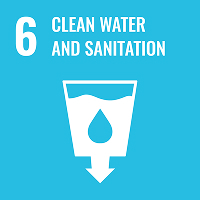
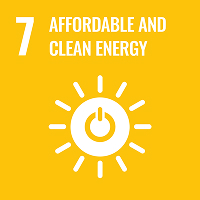
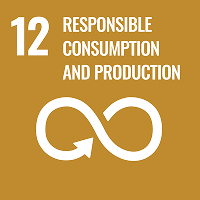
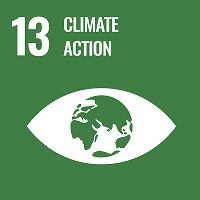
Our target and progress in 2023
Carbon footprint
Waste Management
Recycled materials
Water use
Energy
Circularity
Carbon footprint

KPI
Total Scope 1 and 2 Greenhouse Gas (“GHG”) emissions
2030 Target
Absolute reduction of Scope 1 & 2 emissions by 20% compared to the 2023 baseline
Progress in 2023
Conducted a thorough data collection and carbon accounting exercise to set the baseline
Waste Management

KPI
Total waste disposal
2030 Target
Increase the share of commercial waste diverted from landfill by 10% compared to the 2023 baseline
Progress in 2023
Conducted a thorough waste data collection exercise to define and set the baseline number
Recycled materials

KPI
% of recycled materials used in key products
2030 Target
Increase the share of recycled materials used in key products by 10% compared to the 2023 baseline
Progress in 2023
Assessed current state of recycled materials used in key products to define the baseline number
Water use

KPI
Water use intensity
2030 Target
Maintaining a low level of water use and intensify efforts to reduce water usage wherever possible
Progress in 2023
Conducted data collection across network to assess water use intensity baseline number
Energy

KPI
Amount of renewable energy generated on-site
2030 Target
Continuous efforts to increase the proportion of renewable energy generated
Progress in 2023
Assessed the current onsite renewable energy production to define the current baseline kWh production baseline
Circularity

KPI
All circularity efforts
2030 Target
Continuous efforts to improve circularity (e.g., efforts to reuse, repair, increase share of recycled materials used)
Progress in 2023
Continued efforts on further improving the circularity of our products through efficiency and digital solutions
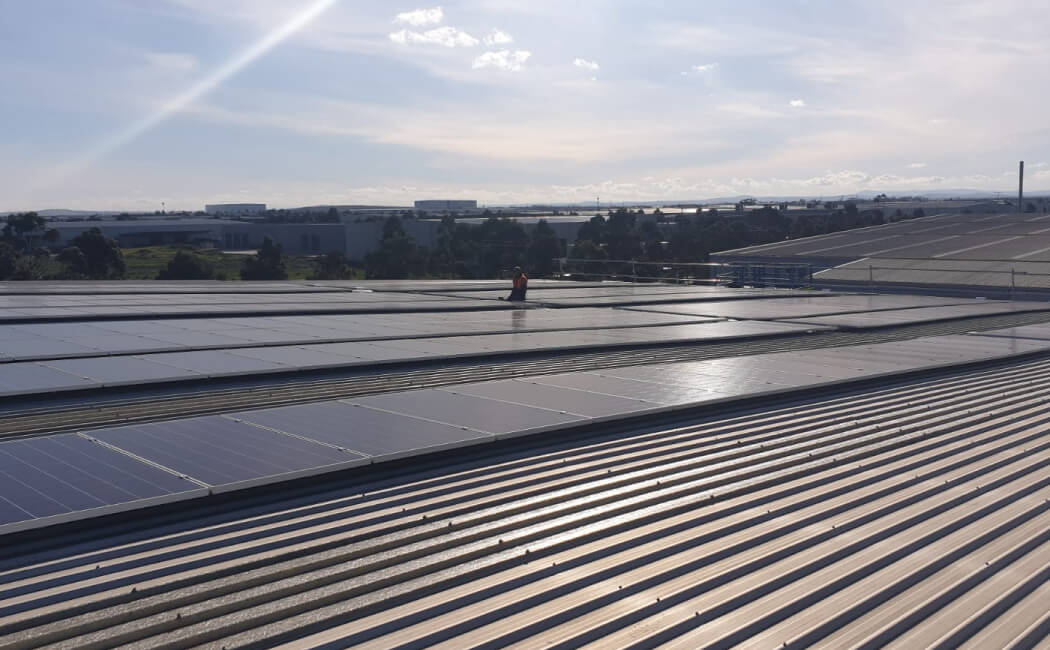
Climate Action
Loscam is dedicated to driving meaningful climate action across its operations, reflecting our commitment to environmental stewardship.
Our key climate action initiatives
1
Reused Materials
99% of timber waste is reused or recycled for various purposes, such as mulch and arts, significantly reducing the consumption of raw wood.
2
Waste and Emission Reduction
Our shared pallet pools are established to reduce waste, resource usage, and greenhouse gas emissions. Utilizing our Pallet Pooling System can actively contribute to minimising the carbon footprint.
3
Extended Lifespan
Through continuous repair and maintenance, Loscam pooled pallets enjoy a longer lifespan. This reduces the need for frequent replacement and further contributes to waste reduction.
4
Reduced Volatile Organic Compounds (“VOC”) Emissions
100% use of water-based paints instead of solvent-based paints as they typically have lower VOC levels, leading to improved indoor air quality and reduced environmental impact due to lower toxicity levels and reduced emission of harmful chemicals.
5
Recycling Efforts
Any disposed parts and components are responsibly recycled through carefully selected recycling companies.
6
Energy Saving
Utilise natural light in depots through installation of laser-light roof sheeting. Installed smart lighting systems in depots through use of sensors.
7
Energy Efficiency
Upgrading of repair equipment to ensure optimum use of electricity in repair processes.
Performance Highlight
of GHG emission intensity
of electricity consumption intensity
of renewable electricity generated from on-site solar panels
of water consumption intensity
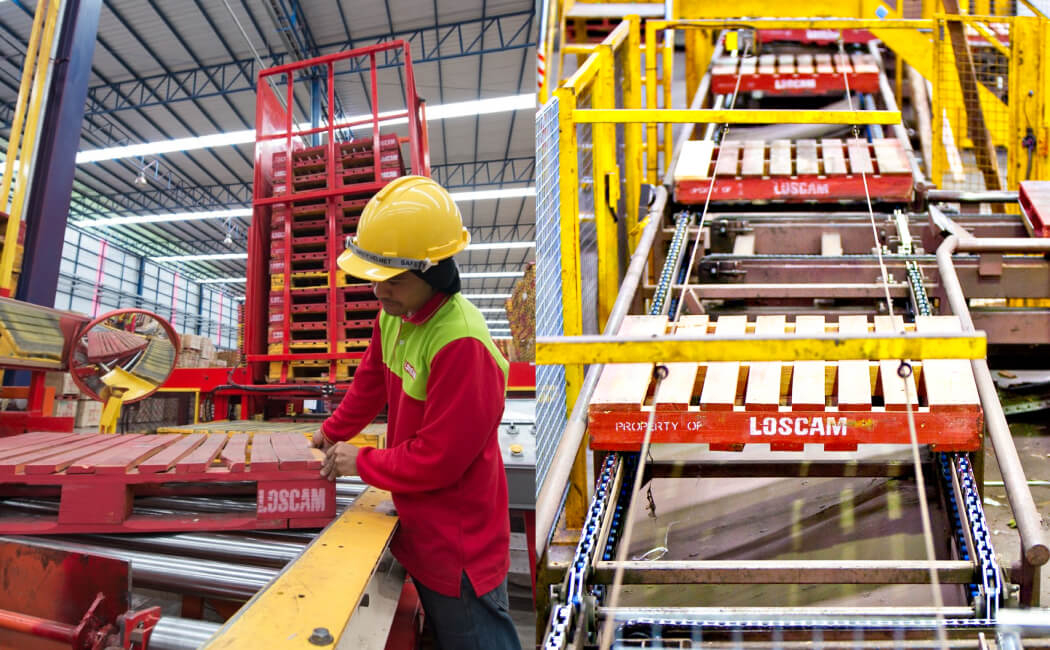
Waste & Circularity
By offering standardised wooden pallet products and a pooling system as essential elements of our business model, Loscam actively promotes pallet reuse and reutilisation across the entire supply chain which contributes significantly to the circular economy.
Performance Highlights
of timber waste is reused or recycled into various secondary products such as mulch and arts
pallets repaired annually across Loscam's depots in Southeast Asia, Australia, New Zealand and Greater China, ensuring no waste pallets end up in landfills
overall waste recycling rate
reuse rate for repaired pallets
of timber used in Loscam's repair processes come from reclaimed pallet boards
